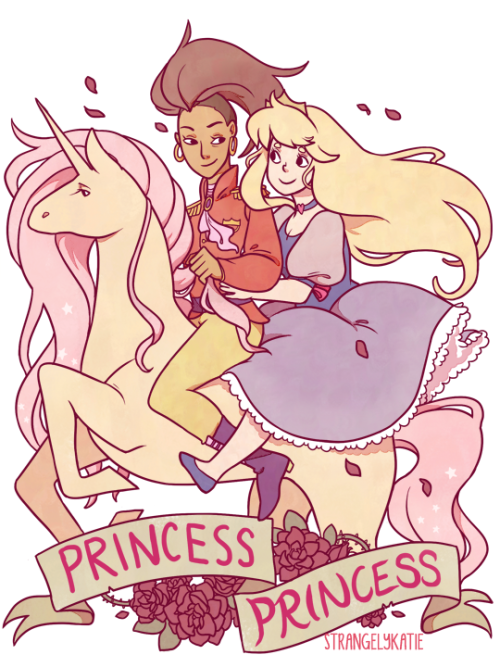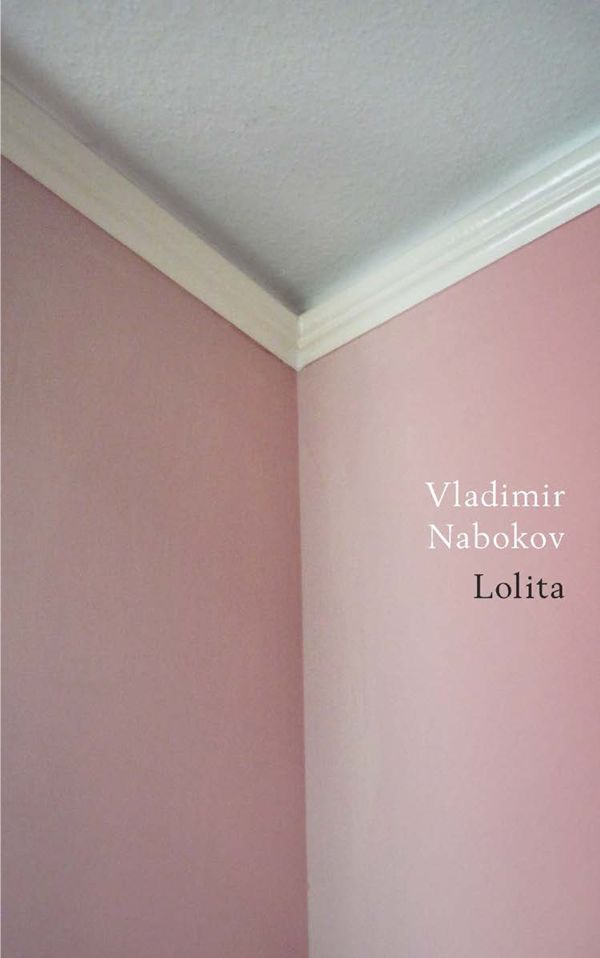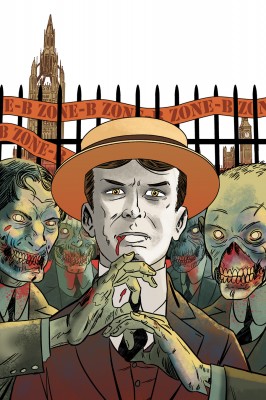Marina Warner writes with beautiful force and exuberance about Angela Carter’s fairy tales, sensuality, ethics of the erotic, and more, here in the Paris Review.
A particularly breathtaking passage, arising from a remark on the origin of one of the stories in The Bloody Chamber as a radio play:
‘Very few writers use the imperative as she does—conspiratorially. Carter wanted to practise the atavistic lure, the atavistic power, of voices in the dark. “The writer who gives the words to those voices,” she wrote, “retains some of the authority of the most antique tellers of tales.”
The voice isn’t on its own, ringing in a hollow space. Open any page and a full score rises from its word-notes, of winds howling, teardrops falling, diamond earrings tinkling, snapping teeth, sneezing, and wheezing. Storytelling for Angela Carter was an island full of noises and sweet airs, and like Caliban, who heard a thousand twangling instruments hum about his ears, she was tuned to an ethereal universe packed with sensations, to which she was alive with every organ. Acoustics are not the only means, however, that she draws on to convey the lucid dreams she creates in her action. Her imagination is spatial, an architect’s axonometric vision, as she moves us through palaces and castles, forests and tundras, dungeons and attics, tracking with us down pathways towards her various sealed depositories of secrets, those bloody chambers. What reader does not explore with her these passages and woodland tracks? Who does not feel the Beast’s dark carriage like a hearse rumbling towards his eerily uninhabited domain? And who does not sense, through her powerful evocations, the pricking of thorns, the jaw-cracking stringiness of granny, the jangling of bed springs, the licking of a big cat’s tongue, the soft luxurious furs and velvets and skin, and the piercing contrasts with ice, glass, metal?’
Warner’s essay is from the new Folio edition of The Bloody Chamber. (Folio’s gorgeously illustrated editions might be my new crack, by the way. I’m particularly hankering after the Jillian-Tamaki-illustrated Irish Myths and Legends.)
– E


